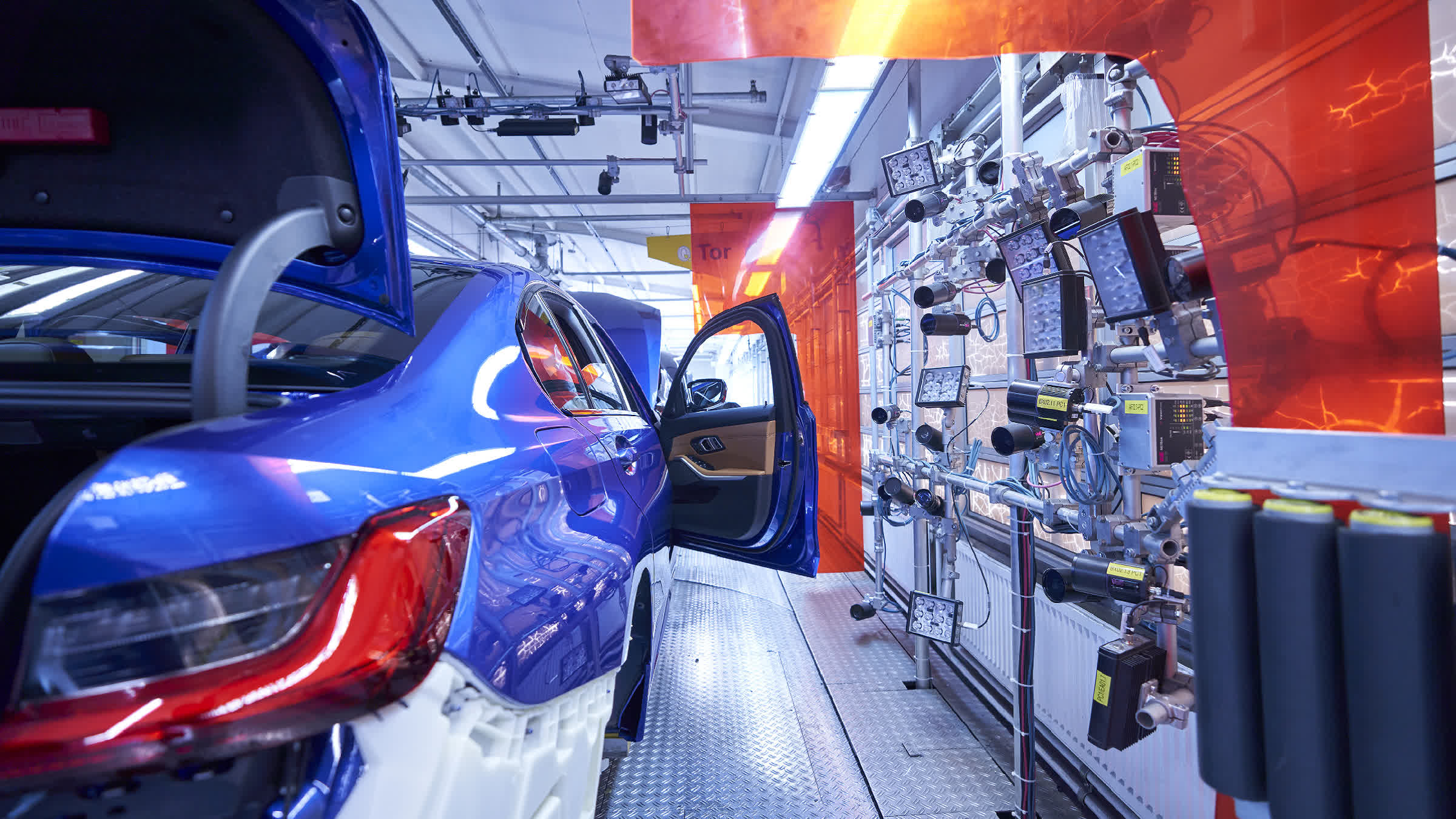A few weeks back, we wrote about the potential for electric vehicles (EV) to unlock new manufacturing systems for cars, then we noted that Foxconn is positioning itself well for this future. Glenn Mercer had a few thoughts which he shared with us.
Mercer knows what he’s talking about having been an auto industry analyst for as long as we have been semis analysts. He has a substack, you should subscribe to.
Editor’s Note:
Guest author Jonathan Goldberg is the founder of D2D Advisory, a multi-functional consulting firm. Jonathan has developed growth strategies and alliances for companies in the mobile, networking, gaming, and software industries.
He did not exactly disagree with everything we wrote, but he added a lot of important nuance. He agreed to let us share his comments, and in this post we will examine them to identify where we could be wrong and where there may be room for the paradigm to shift.
First, Mercer pointed out that auto companies already outsource a lot of their production…
“A traditional OEM is about 35% vertically integrated, outsourcing about 65% of the car.”
Autos have been around for a long time, and automakers (OEMs) have tried every manufacturing model. Ultimately, the OEMs realized that there were four reasons to hold onto that last bit of production.
- Some products are too capital intensive and the risk of vendor failure is too high to risk. This includes engines and metal stamping of the auto body to name two. Both of these require significant upfront investment – R&D for engines, and tooling for both. Automakers handle both of these themselves because there is no easy way to dual source them.
- This is one area that we think is highly vulnerable to disruption. Engines in electric cars are far less mechanically complex than internal combustion engines (ICE). The upfront investment is much lower and the number of potential vendors is thus much larger.
- While there are some companies that have developed superior engines, for basic cars there are enough options to assuage concerns about vendor survival. As for the question about capital for tooling, this is an area already well explored in the electronics supply chain. For example, Apple already subscribes to a large portion of Foxconn’s tooling in exchange for a host of concessions. There is no reason why this model would not work for autos as well.
- Then there is the question of automation and scale economics. This touches on many areas like shipping, painting and labor. Put simply, there is no advantage for small factories, minimum scale is 250,000 units and seems to scale in a step-wise function. The robots required for automating much of the production can only go so far today (although there are plenty of companies in China working on this), and some amount of production has to be handled by humans.
- Here again, we think companies like Foxconn have a viable edge. They are very familiar with large scale manufacturing systems automation, and managing a large labor force (with some definite area for improvement). Really, the question is can Foxconn build plants that are economically viable below 250,000 units?
- They have entered agreements to produce cars in a dozen countries already (e.g. the US, Saudi Arabia, Malaysia). Having a 250,000 unit plant in all of these will be challenging, but not impossible. For us this is the big question – can Foxconn and their peers move the curve on auto manufacturing scale to accommodate smaller plants. This seems challenging but maybe possible.

- Final assembly and Quality Assurance (QA) are also major issues. Every car maker needs to handle final assembly and have final say on a car’s readiness. Many companies have tried to provide outsourced final assembly and all folded or get absorbed into the OEMs.
- This is one more area where Foxconn has a lot of experience. True, assembling something as large as a car is very different than assembling an iPhone, but our guess is that this is a solvable problem. For Foxconn to have survived this long, their QA for electronics must be very high. When was the last time you got a faulty iPhone?
- The biggest issue is liability. In the event of accidents, OEMs are on the hook for defects in a car. No one dies when an iPhone is faulty, but faulty cars cause deaths. And when that happens, it is always the OEM that gets sued. To ensure that they can accept and manage that liability, the OEMs need to have control of final assembly and QA.
- This is something of a regional problem. Product liability penalties work differently everywhere with the US and maybe Europe being the most stringent. More importantly, this strikes us as something that can be negotiated around. Some combination of incredibly detailed contracts and joint OEM/ODM QA teams may provide sufficient coverage. The electronics makers do something like this already. This model may not work in all countries, but can probably work in most.
In all of this, we think there is a path forward, but it will require a fairly drastic rethinking of how the auto OEMs structure themselves. For this reason alone, it is something that the big incumbents are likely to eschew.
It will also require Foxconn and its peers to radically rethink automotive manufacturing plants. All of this may be too far-reaching to achieve. However, the electronics industry once faced very similar dynamics. Hardware makers knew they had to do their own manufacturing, until the impossible became possible.
In the end, an established industry with massive players and immense capital requirements may prove too hard to change. Mercer is right to point out that all of this has been tried before, and we defer to his caution on the matter. That being said, if just one company – Foxconn – can get it right, it will ultimately force everyone else to follow.




